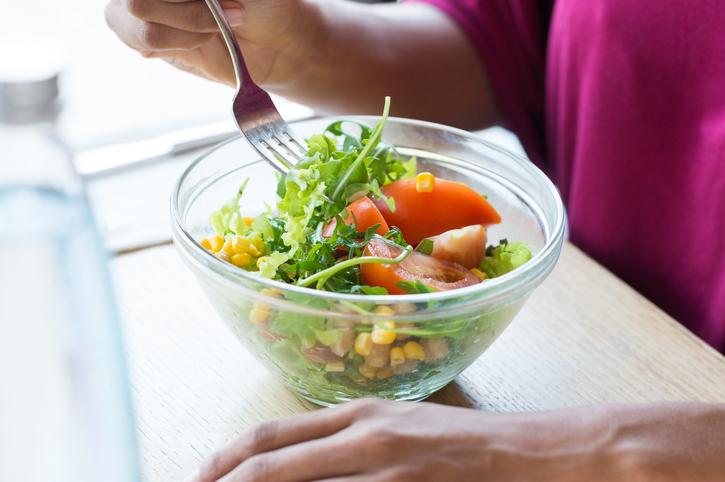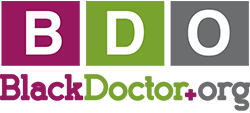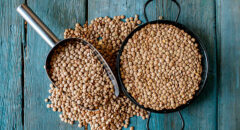 Recently, US News & World Report ranked DASH the best diet for diabetes. DASH is also one of several meal patterns identified by the American Diabetes Association (ADA) as having good results in helping to manage diabetes.
Recently, US News & World Report ranked DASH the best diet for diabetes. DASH is also one of several meal patterns identified by the American Diabetes Association (ADA) as having good results in helping to manage diabetes.
RELATED: Why Diabetics Are Adding Probiotics To Their DASH Diet
DASH stands for Dietary Approaches to Stop Hypertension. High blood pressure and diabetes are common health issues among African Americans. Scientific evidence shows that the DASH diet can lower blood pressure, LDL cholesterol—often referred to as bad cholesterol, and help with weight loss. DASH can also contribute to the prevention and control of diabetes.
Being overweight is one of the biggest risk factors for type 2 diabetes. Losing 10 – 15 pounds can cut your chances of developing diabetes by more than half. Combining the DASH eating plan with calorie restriction has been found to help people shed pounds and reduce other risk factors.
A recent study in ADA’s Diabetes Care Journal found that people with type 2 diabetes who followed the DASH eating plan with a low sodium diet, reduced body weight and improved blood glucose, A1c, blood pressure, and other cardiovascular risk factors.
What Is the DASH Diet?
The DASH eating plan is flexible and balanced. The plan recommends eating fruits, vegetables, fat-free or low-fat milk and milk products, whole grains, fish, poultry, beans, seeds, and nuts. It also contains less sodium; sweets, added sugars, and beverages containing sugar; fats; and red meats than the typical American diet.
DASH limits foods that are high in saturated fat, such as fatty meats, full-fat dairy products, and tropical oils such as coconut, palm kernel and palm oils. DASH is rich in potassium, magnesium, calcium, protein, and fiber – all nutrients that will help to lower blood pressure.
RELATED: 5 Easy Ways to DASH Your Diet to Improve Heart Health
How to Dine & DASH the Right Way
The following tips will help you ease into the DASH style of eating. Don’t try to change your diet overnight. Give yourself a chance to adjust and make DASH part of your daily routine. You’ll get the best results if you make changes over a couple of days or weeks.







